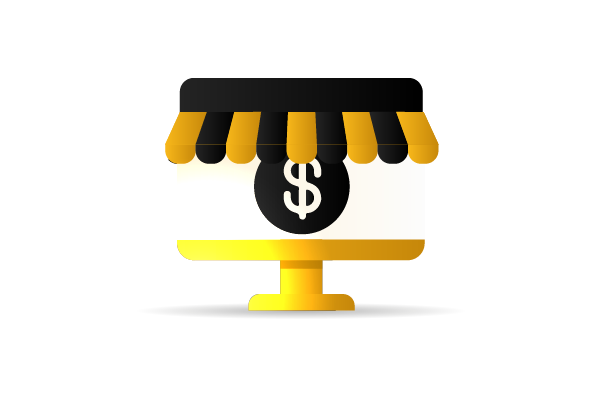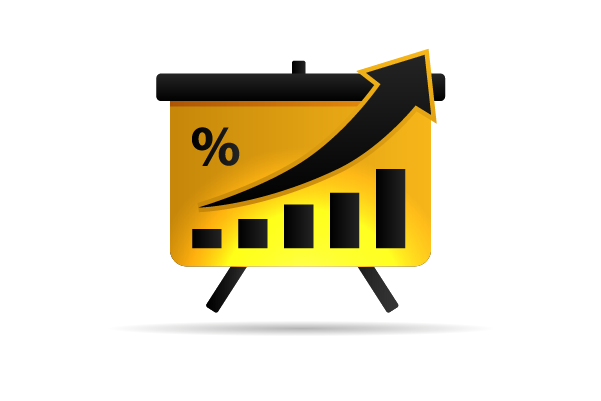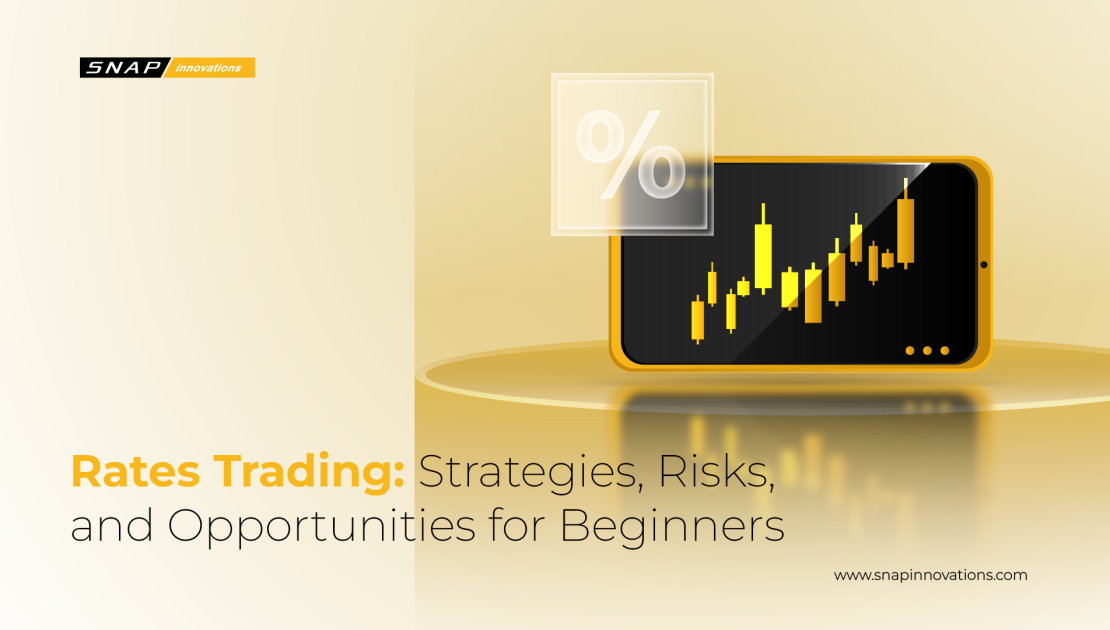Rates trading is a specialized segment within financial markets that focuses on the trading of interest rate products. These products include government bonds, interest rate futures, swaps, and other derivatives that are influenced by changes in interest rates. The primary objective of rates trading is to profit from fluctuations in interest rates, whether those changes are driven by central bank policies, macroeconomic indicators, or market sentiment.
What is Rates Trading?
In simple terms, rates trading involves speculating on or hedging against future movements in interest rates. For instance, when a trader expects interest rates to rise, they might sell government bonds or use derivatives to profit from the anticipated increase. Conversely, if they expect rates to fall, they might buy bonds or take long positions in interest rate futures.
Rates trading plays a crucial role in the global financial ecosystem, as it allows institutions and investors to manage risk, speculate on interest rate movements, and stabilize their portfolios. Central banks’ decisions regarding interest rates, inflation reports, and economic growth forecasts are all key factors that drive this market.
The Role of Rates Trading in Financial Markets
 Rates trading serves multiple purposes. For governments, it helps in managing national debt through the issuance of bonds. For corporations and financial institutions, rates trading is a means of hedging against potential risks associated with borrowing or lending. For speculators and traders, it offers opportunities to profit from interest rate volatility.
Rates trading serves multiple purposes. For governments, it helps in managing national debt through the issuance of bonds. For corporations and financial institutions, rates trading is a means of hedging against potential risks associated with borrowing or lending. For speculators and traders, it offers opportunities to profit from interest rate volatility.
By trading in rates, market participants influence the pricing of loans, mortgages, and corporate bonds, indirectly affecting the broader economy. Understanding how rates trading works can provide valuable insights into the health of the financial system and the factors that influence global economic trends.
Read More: Power Trading Screens: A Comprehensive Guide for Energy Traders
Types of Interest Rates
 Interest rates are a critical factor in the global economy, influencing everything from the cost of borrowing money to the returns on savings and investments. In rates trading, understanding the dynamics of interest rates is essential as these rates directly impact the value of bonds, derivatives, and other interest-sensitive financial instruments.
Interest rates are a critical factor in the global economy, influencing everything from the cost of borrowing money to the returns on savings and investments. In rates trading, understanding the dynamics of interest rates is essential as these rates directly impact the value of bonds, derivatives, and other interest-sensitive financial instruments.
There are various types of interest rates, each affecting different areas of the financial market:
- Nominal Interest Rates: These are the stated interest rates on financial products like loans, mortgages, and bonds. They don’t account for inflation and represent the basic cost of borrowing.
- Real Interest Rates: These rates are adjusted for inflation, providing a clearer picture of the true cost of borrowing or the real return on an investment.
- Short-term vs. Long-term Interest Rates: Short-term rates typically refer to the interest rates on instruments with maturities of one year or less, such as Treasury bills. Long-term rates apply to instruments with longer maturities, like 10-year government bonds. The difference between these rates, known as the yield curve, is a significant indicator in rates trading.
- Central Bank Rates: These are the benchmark interest rates set by central banks, such as the Federal Reserve in the United States or the European Central Bank. These rates guide the overall direction of market interest rates and are key drivers of rates trading strategies.
How Interest Rates Impact Financial Markets
 Interest rates have a broad and deep impact on financial markets:
Interest rates have a broad and deep impact on financial markets:
- Bond Prices: Bond prices and interest rates have an inverse relationship. When interest rates rise, bond prices fall, and vice versa. This relationship is central to rates trading, as traders often bet on these price movements.
- Corporate Borrowing Costs: As interest rates rise, borrowing becomes more expensive for companies, which can reduce business investments and economic growth. Conversely, lower rates make borrowing cheaper, stimulating growth.
- Consumer Spending: Higher interest rates can lead to reduced consumer spending, as borrowing costs increase and savings become more attractive. Lower rates have the opposite effect, encouraging spending and investment.
- Foreign Exchange Rates: Interest rate differentials between countries can influence currency exchange rates, leading traders to engage in “carry trades,” where they borrow in a currency with low interest rates and invest in one with higher rates.
Understanding these elements provides the foundation for effectively engaging in rates trading, as the goal is to anticipate and respond to changes in these interest rate variables.
How Does Rates Trading Work?
Rates trading involves using financial instruments to speculate on or hedge against changes in interest rates. The objective is either to profit from anticipated rate movements or to manage risk related to interest rate exposure. To achieve this, traders use a variety of instruments, each serving a specific function within the market.
Government bonds are a cornerstone of rates trading. These debt securities, typically issued by governments, are directly influenced by changes in interest rates. When traders expect interest rates to rise, they often sell government bonds, as higher rates generally lead to a decline in bond prices. Conversely, if they expect rates to fall, they buy bonds, anticipating price appreciation. Interest rate futures, another popular instrument, allow traders to bet on the future direction of rates. These standardized contracts are traded on exchanges and are highly liquid, making them accessible tools for both professional and retail traders.
Interest rate swaps are also widely used, particularly by institutions. In a swap, two parties exchange cash flows, typically swapping a fixed interest rate for a floating rate or vice versa. This is often done to manage exposure to rate fluctuations. For example, a company with a floating-rate loan might enter into a swap to lock in a fixed rate, thus ensuring more predictable payments. Similarly, options on interest rates give traders the right, but not the obligation, to buy or sell rate-sensitive instruments at a predetermined price. Options provide flexibility, allowing traders to hedge risks or speculate on significant rate movements with limited initial investment.
Types of Rates Trading Strategies
In rates trading, different strategies are employed depending on market conditions, investment objectives, and risk tolerance. These strategies range from straightforward directional bets on interest rate movements to more complex approaches that involve multiple instruments and market variables. Below, we explore some of the primary strategies used in rates trading.
Directional Trading Strategies are among the most common approaches in rates trading. Traders take a position based on their expectation of whether interest rates will rise or fall. For instance, if a trader anticipates a rise in interest rates, they might short bonds or take a short position in interest rate futures, profiting as bond prices decline in response. Conversely, if they expect rates to drop, they may go long on bonds or related instruments, benefiting from the increase in bond prices that typically accompanies falling rates. Directional strategies are straightforward but require a deep understanding of macroeconomic trends, central bank policies, and market sentiment.
Relative Value Strategies involve taking advantage of pricing inefficiencies or discrepancies between related interest rate products. One common relative value strategy is spread trading, where traders take opposing positions in different instruments that have a historical relationship. For example, a trader might buy a long-term bond while selling a short-term bond if they believe the yield spread between these instruments will change favorably. Another example is curve trading, which focuses on movements in the yield curve. Traders may bet on the curve steepening, flattening, or inverting, depending on their view of how economic conditions will affect interest rate relationships across different maturities.
Hedging Strategies are typically used by institutions and corporations rather than pure speculators. These strategies are designed to manage or reduce the risk associated with fluctuating interest rates. For example, a company with floating-rate debt may use interest rate swaps to exchange variable-rate payments for fixed-rate payments, stabilizing their future costs. In this scenario, the company isn’t trying to make a profit from interest rate movements but to protect itself from unfavorable changes. Central banks, pension funds, and large financial institutions frequently employ hedging strategies to ensure stability in their portfolios.
Each of these strategies serves a specific purpose and can be tailored to meet the objectives of traders or institutions. Directional trading offers opportunities for quick gains based on rate movements, while relative value strategies require a more nuanced understanding of market dynamics and relationships between instruments. Hedging, though often less exciting, is critical for risk management and long-term financial planning.
Understanding these strategies and knowing when to apply them is essential for success in rates trading, as different market conditions call for different approaches.
Why Rates Trading is Important in Financial Markets
Rates trading is a significant component of global financial markets due to its direct impact on economic stability, government policies, and corporate financing. The fluctuations in interest rates are key indicators of economic health, and rates trading allows market participants to anticipate, react to, and influence these movements. Let’s explore why rates trading holds such importance.
Read More: Top 10 Quantitative Trading Firms to Know in 2024
Interest rates are central to monetary policy, and they guide the decision-making processes of governments and central banks. Central banks, such as the Federal Reserve in the United States or the European Central Bank, set benchmark interest rates that determine the cost of borrowing money within an economy. These rates affect everything from consumer loans and mortgages to corporate debt and government bonds. Through rates trading, investors and institutions can hedge against potential changes in these benchmark rates, helping to stabilize financial systems. For instance, if traders expect a central bank to raise rates, they might adjust their portfolios accordingly, influencing market prices and liquidity.
Risks Involved in Rates Trading
Rates trading carries several risks that traders must be aware of. Market risk is the most immediate concern, as unexpected interest rate changes can lead to significant losses. Credit risk arises when dealing with bonds or swaps, where the issuer or counterparty might default. Liquidity risk can be a problem in times of market stress, making it hard to buy or sell instruments without affecting their price. Finally, interest rate volatility can cause unpredictable swings in the market, posing challenges even for experienced traders. Effective risk management and a thorough understanding of these risks are key to navigating the rates trading landscape.
Conclusion
Rates trading is a crucial part of financial markets, offering opportunities to profit from interest rate movements while also managing risk. Whether you’re aiming to hedge against rate fluctuations or speculate on future changes, understanding the fundamental concepts, strategies, and risks is essential. While the potential rewards are significant, rates trading also carries substantial risks, including market volatility, credit risk, and liquidity issues. For beginners, starting with a solid grasp of interest rate dynamics and practicing disciplined risk management can pave the way for success in this complex but rewarding market.

